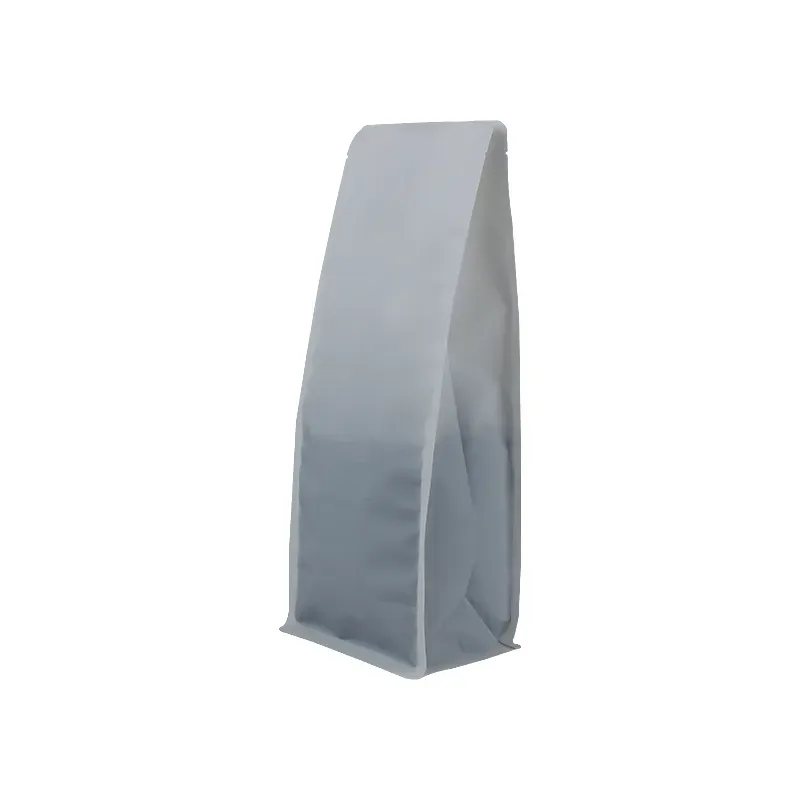- Afrikaans
- Albanian
- Amharic
- Arabic
- Armenian
- Azerbaijani
- Basque
- Belarusian
- Bengali
- Bosnian
- Bulgarian
- Catalan
- Cebuano
- chinese_simplified
- chinese_traditional
- Corsican
- Croatian
- Czech
- Danish
- Dutch
- English
- Esperanto
- Estonian
- Finnish
- French
- Frisian
- Galician
- Georgian
- German
- Greek
- Gujarati
- haitian_creole
- hausa
- hawaiian
- Hebrew
- Hindi
- Miao
- Hungarian
- Icelandic
- igbo
- Indonesian
- irish
- Italian
- Japanese
- Javanese
- Kannada
- kazakh
- Khmer
- Rwandese
- Korean
- Kurdish
- Kyrgyz
- Lao
- Latin
- Latvian
- Lithuanian
- Luxembourgish
- Macedonian
- Malgashi
- Malay
- Malayalam
- Maltese
- Maori
- Marathi
- Mongolian
- Myanmar
- Nepali
- Norwegian
- Norwegian
- Occitan
- Pashto
- Persian
- Polish
- Portuguese
- Punjabi
- Romanian
- Russian
- Samoan
- scottish-gaelic
- Serbian
- Sesotho
- Shona
- Sindhi
- Sinhala
- Slovak
- Slovenian
- Somali
- Spanish
- Sundanese
- Swahili
- Swedish
- Tagalog
- Tajik
- Tamil
- Tatar
- Telugu
- Thai
- Turkish
- Turkmen
- Ukrainian
- Urdu
- Uighur
- Uzbek
- Vietnamese
- Welsh
- Bantu
- Yiddish
- Yoruba
- Zulu
is cardboard good insulation
Is Cardboard Good Insulation?
When it comes to insulating our homes, buildings, and even some kinds of equipment, the materials we choose are crucial for energy efficiency and comfort. While traditional insulation materials like fiberglass, foam, and mineral wool dominate the market, an often-overlooked contender is cardboard. Many may wonder, Is cardboard good insulation? Let’s explore the properties of cardboard as an insulating material, its advantages and disadvantages, and practical applications.
Properties of Cardboard
Cardboard is made from cellulose fibers, typically derived from recycled paper products. Its structure comprises numerous air pockets, which contribute to its ability to resist heat transfer. The principle behind insulation is to slow down the movement of heat, and because of its fibrous nature, cardboard can indeed reduce heat flow to some extent. The effectiveness of any insulating material is quantified by its R-value, which measures thermal resistance. Cardboard has a modest R-value ranging from 1.5 to 2.0 per inch of thickness, depending on its density and moisture content.
Advantages of Using Cardboard as Insulation
1. Sustainability Cardboard is often recycled, making it an environmentally friendly choice. Utilizing cardboard helps reduce waste and promotes a circular economy. For those passionate about sustainability, using cardboard as insulation can align with eco-conscious building practices.
2. Cost-Effectiveness Cardboard is relatively inexpensive, especially when sourced from recycling facilities or manufacturers. Utilizing cardboard as insulation can reduce material costs without sacrificing too much in terms of thermal performance.
3. Availability Cardboard is widely available, making it an accessible option for DIY projects. Many people have leftover cardboard boxes that can be repurposed, making it a practical choice for temporary or experimental insulation solutions.
4. Ease of Work Cardboard is lightweight and easy to cut, allowing for quick installation. It can be shaped and sized to fit various nooks and crannies in a building, making it flexible for different applications.
Disadvantages of Using Cardboard as Insulation
is cardboard good insulation

1. Moisture Absorption One of the significant downsides of cardboard as an insulator is its susceptibility to moisture. When exposed to humidity or direct contact with water, cardboard can absorb moisture, leading to mold growth, decay, and loss of insulating properties. This makes it less suitable for areas prone to dampness, such as basements or external walls.
2. Fire Hazard Cardboard is flammable, and if not treated with fire retardants, it poses a significant fire risk. Conventional insulation materials are designed to withstand fire better and reduce the risk of a blaze spreading through a structure.
3. Limited R-Value Although cardboard provides some insulation, its R-value is relatively low compared to specialized insulation materials. For those living in extreme climates or needing consistent temperature control, relying solely on cardboard may not suffice.
4. Durability and Longevity Unlike traditional insulation materials, cardboard doesn’t offer longevity. Over time, it can deteriorate, especially if exposed to light and air. This impermanence means it may need to be replaced more frequently, which can offset initial cost savings.
Practical Applications of Cardboard Insulation
Despite the drawbacks, cardboard can have practical applications in certain situations. For instance, it can be used as a temporary insulation solution during renovations or in spaces where permanent insulation is not feasible. Homeowners can also experiment with cardboard in unconditioned spaces such as garages or attics.
Innovative projects have seen cardboard used in eco-friendly construction and homes, particularly in low-income settings or as part of ecological experiments. It can serve as an auxiliary insulator, complementing more traditional materials to enhance overall insulation efficiency.
Conclusion
In conclusion, while cardboard may not replace conventional insulation materials for all applications, it certainly has its place in the world of insulation. Its sustainability, cost-effectiveness, and availability make it an attractive option for specific uses. However, its drawbacks, namely vulnerability to moisture and fire hazards, should not be overlooked. Therefore, for serious insulation needs, it is advisable to use cardboard in conjunction with more robust insulation solutions. By understanding the strengths and weaknesses of cardboard as insulation, homeowners and builders can make informed choices that align with their sustainability goals and insulation requirements.













